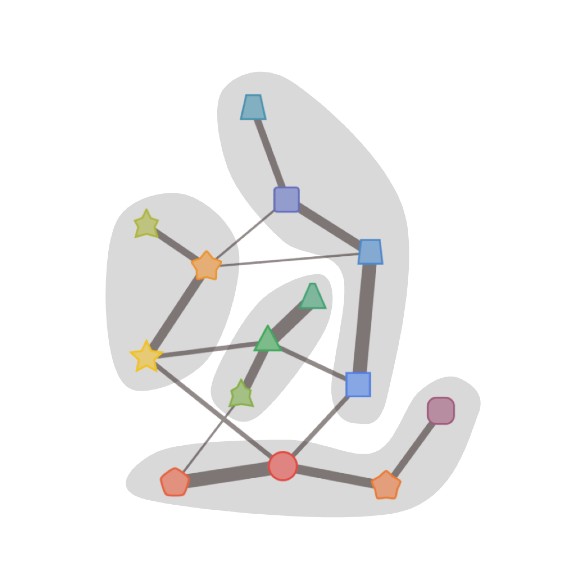
TFGAN: A Lightweight Library for Generative Adversarial Networks
December 12, 2017
Posted by Joel Shor, Senior Software Engineer, Machine Perception
(Crossposted on the Google Open Source Blog)
Training a neural network usually involves defining a loss function, which tells the network how close or far it is from its objective. For example, image classification networks are often given a loss function that penalizes them for giving wrong classifications; a network that mislabels a dog picture as a cat will get a high loss. However, not all problems have easily-defined loss functions, especially if they involve human perception, such as image compression or text-to-speech systems. Generative Adversarial Networks (GANs), a machine learning technique that has led to improvements in a wide range of applications including generating images from text, superresolution, and helping robots learn to grasp, offer a solution. However, GANs introduce new theoretical and software engineering challenges, and it can be difficult to keep up with the rapid pace of GAN research.
| A video of a generator improving over time. It begins by producing random noise, and eventually learns to generate MNIST digits. |
 |
| This demonstrates the effect of an adversarial loss on image compression. The top row shows image patches from the ImageNet dataset. The middle row shows the results of compressing and uncompressing an image through an image compression neural network trained on a traditional loss. The bottom row shows the results from a network trained with a traditional loss and an adversarial loss. The GAN-loss images are sharper and more detailed, even if they are less like the original. |
 |
| Most neural text-to-speech (TTS) systems produce over-smoothed spectrograms. When applied to the Tacotron TTS system, a GAN can recreate some of the realistic-texture, which reduces artifacts in the resulting audio. |

